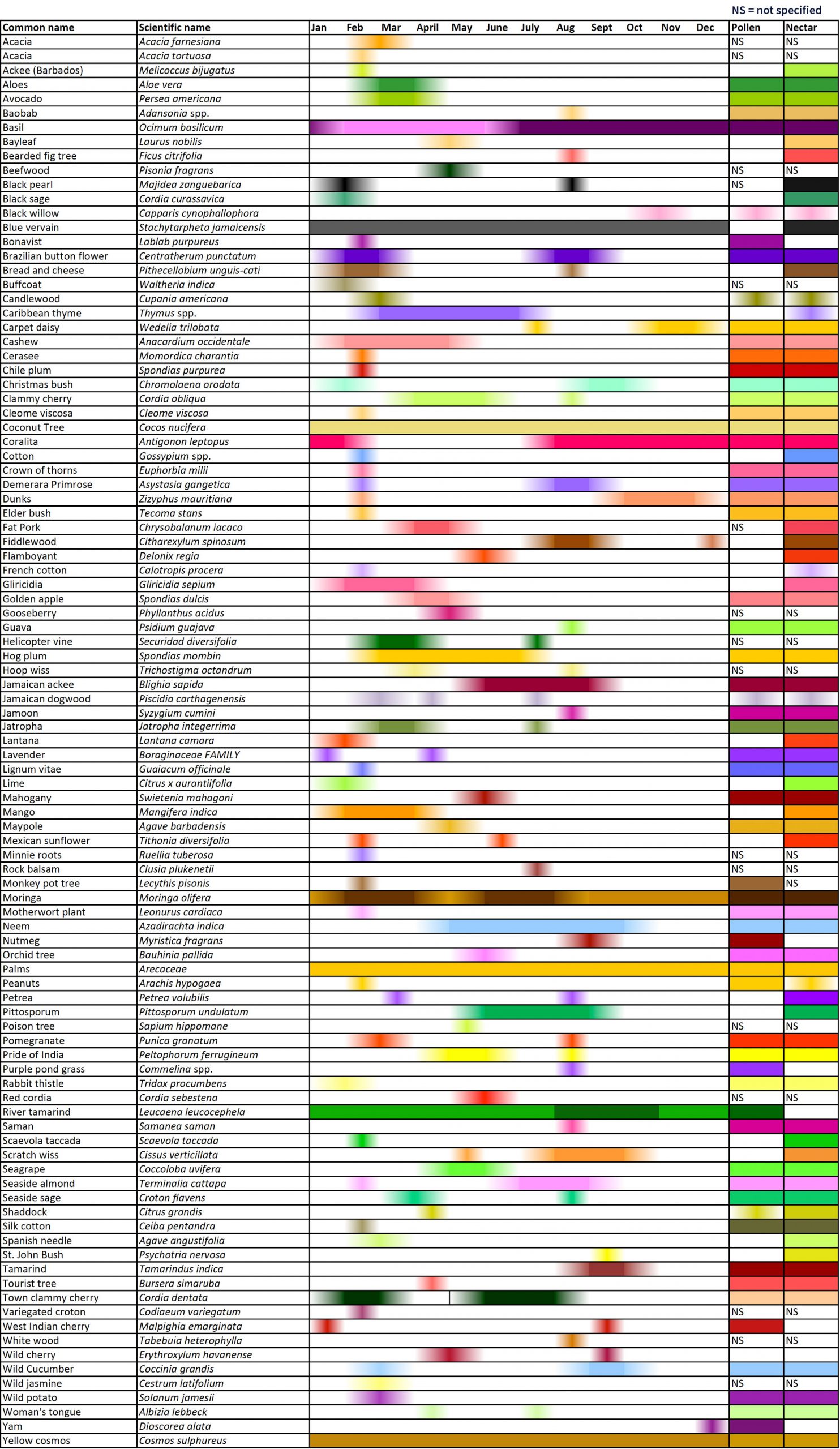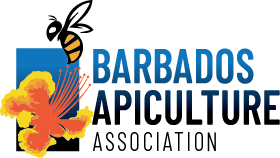Nectar and Pollen Calendar
Overview
Nectar is a sugar-rich fluid secreted by plants to attract animals (e.g. insects, birds or bats) that will pollinate the flower. It is the carbohydrate source that provides the energy needs of bees. It is from nectar that honey is produced. Short supplies of nectar will result in bees foraging less and a decline in hive populations.
Pollen is the male fertilizing agent of flowering pants, grasses and weeds, usually consisting of fine dust-like mass of grains. This is transported by various means (wind, water, insects etc.) to the female structures of the same species where fertilization occurs thus enabling plants to reproduce.
It is the protein source that provides essential amino acids to maintain the optimum health of bees. Reduced availability of pollen can mean diminished life spans, less resistance to disease or poor foraging ability amongst other things for bees.
The Calendar
The nectar and pollen calendar is a record of the flowering pattern of bee-friendly plants. It shows on a monthly basis which plants are in bloom at a specific time. This assists in apiary management in determining what interventions need to be made to ensure maximum output from the hives.
The following calendar shows the blooming pattern of some bee-friendly flora in Barbados.

